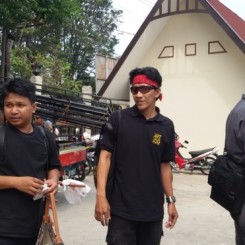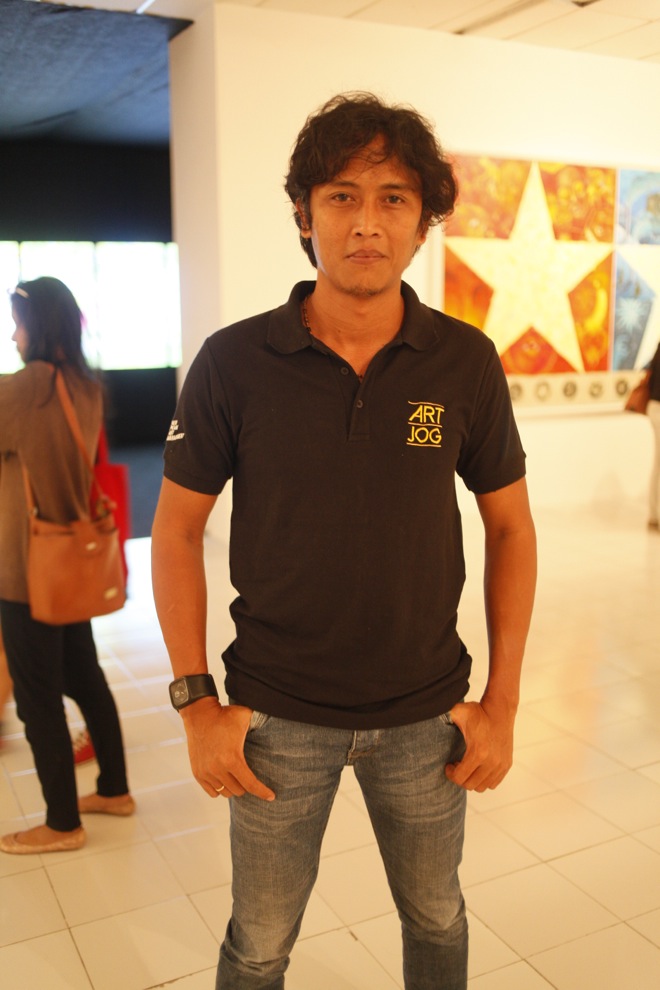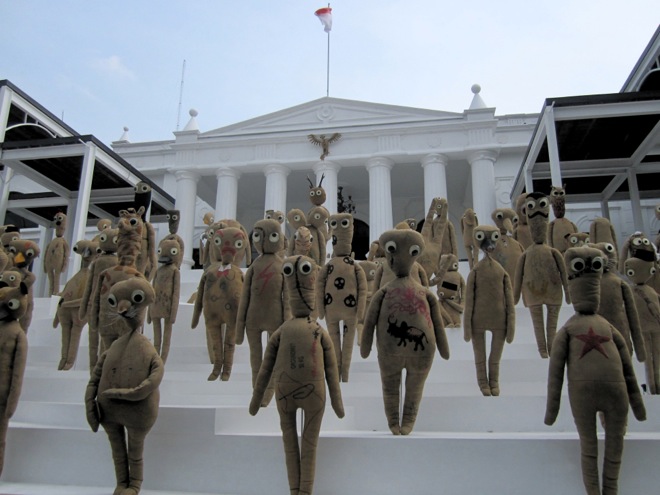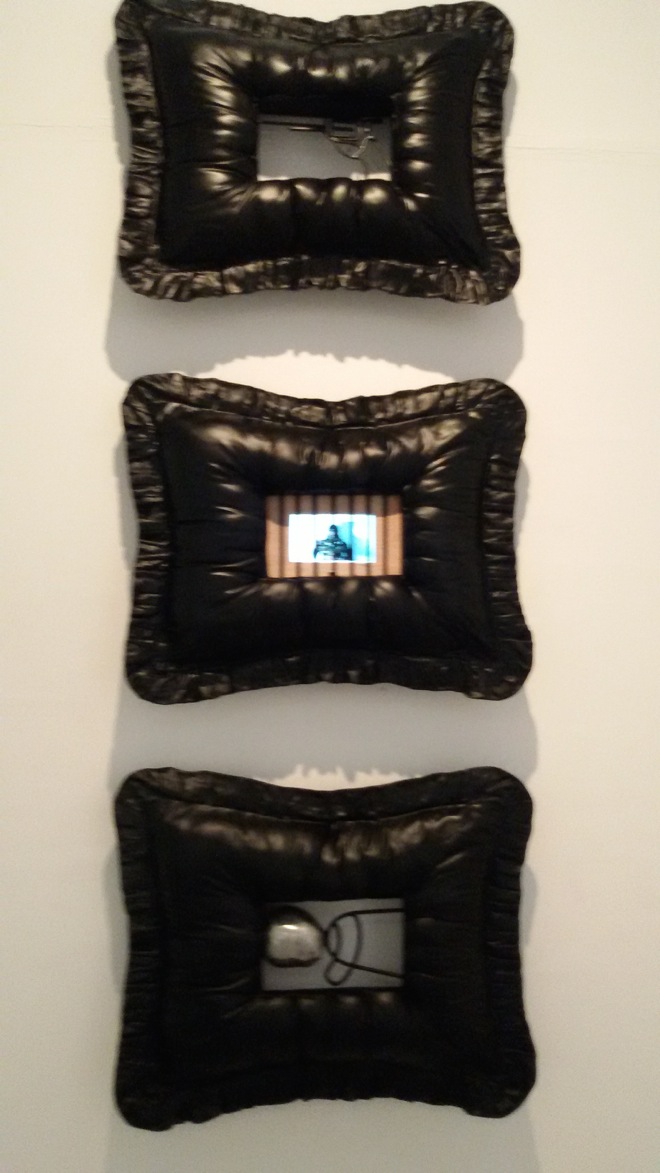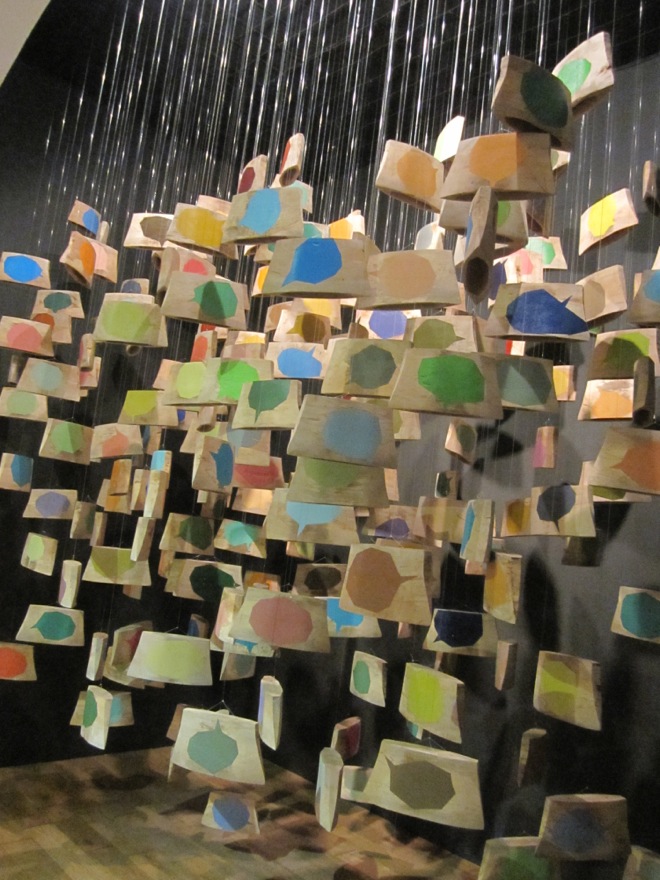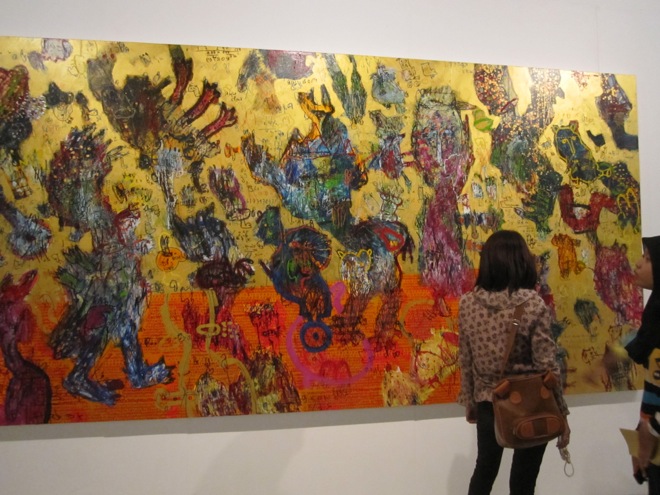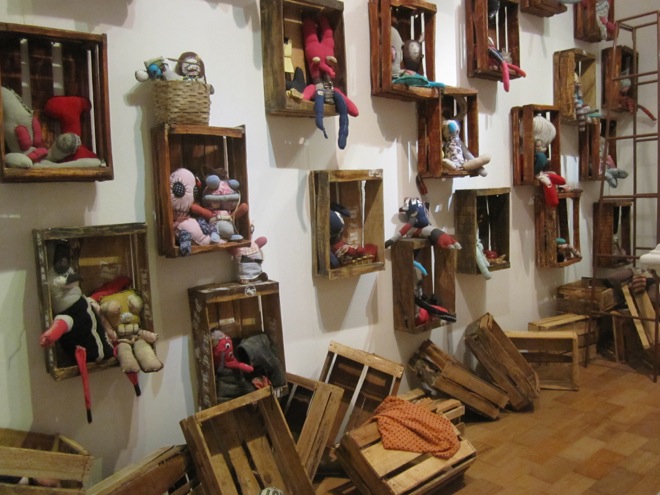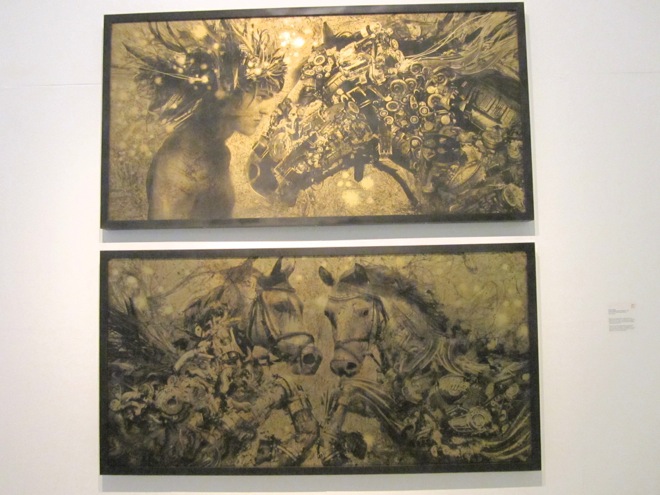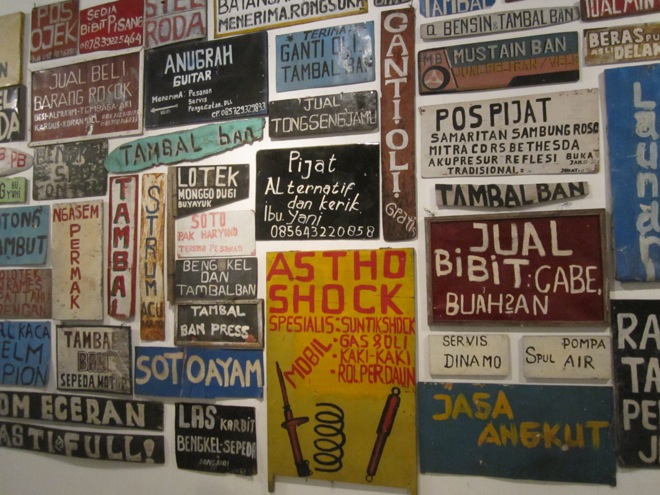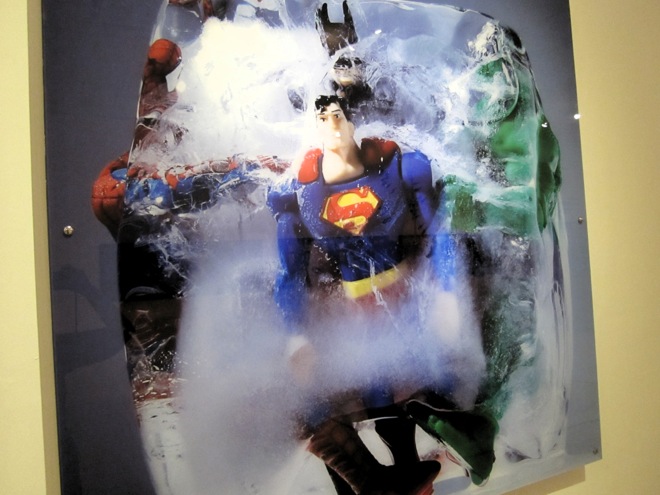In Indonesia, students from around the country flock to Yogyakarta, a city located in in the central island of Java and about 500 km east of the national capital, Jakarta. A center of art and culture, Yogyakarta (also commonly called Jogjakarta or Jogja), attracts students nation-wide to study at the art schools—and who often marry and stay to pursue their lives as professional artists. One major attraction here is ArtJog, an annual art event (this year: June 7-22, 2014) which is increasingly making a mark.
Among the most exciting art fairs in the region, ArtJog was founded by Heri Pemad Art Management, an institution which grew out of Heri Pemad’s personalized art services over the past decade. An artist of sorts, he is keenly aware of what artists want and is generous in addressing their need to make good works and present them attractively. Over time, Heri Pemad made himself the CEO of the fair, while his colleague, Satriagama Rakantaseta (Seto), is the director. Now in its seventh edition, the fair is fast moving towards Pemad’s dream of having a museum-like display for works with a quality reflective of the same spirit.
Highlighting artists instead of galleries is what makes ArtJog fundamentally and significantly different from the usual art fairs around the world. Intent on identifying and promoting talented young artists as well as facilitating their advancement, ArtJog nurtures its own finances by also including a few well-established artists. Eliminating the limitations of a gallery booth (a financial burden for many a gallery), the Artjog management generously provides artists with space and other means to present their art work. Some gallerists feel irked by being “relieved” from their usual intermediary role between artists and collectors, while others consider Artjog more like an exhibition rather than an art fair in the usual sense of the term. Regardless of the views, ArtJog moves on with rising public attention locally and internationally. Seto reveals that ArtJog this year even enjoyed the support of foreign galleries, one of which helped bring in Marina Abramovic’s work to be showcased at Artjog.
The process of selection starts with an open call for direct applications. Artists offer and negotiate directly with the organizers, which includes a curator who with the organizers co-selects the hundreds of applications in order to fit a theme and the required quality. In addition, special awards for the most eligible are meant to spur artists’ creativity all the more. This year’s awards went to three emerging artists: Agung Prabowo, Eldwin Pradipta and Olga Rindang Amesti.
Yet ArtJog, which has grown to attract international attention, goes far beyond being just a forum for direct contact with the artists; it is a site where the entire public of Yogyakarta—and beyond—come to be entertained. Even the new rule of entry tickets (10,000 Indonesian Rupiah, or a bit less than 1 USD) has not deterred the public from coming in droves—over 3000 persons per day, according to Seto, the director of Artjog: “Youngsters who may be busy taking selfies and did not have a clue about contemporary art do get educational enlightenment here,” he adds. “Some even got interested to become an artist”.
Visually, the event is conceived to attract attention from the very moment one arrives—whether from specially commissioned open-air art works, or the transformation of the façades and the interior of the old building of Taman Budaya, where the event has invariably been held.
This year, the organizers overhauled the entire façade of the building into one akin to the State Palace, one where the commissioned work by Samsul Arifin featured the “Goni Cabinet”, with puppets made of goni (jute) satirically representing the current cabinet in government standing in hierarchical order on the steps of the “palace”. The work effectively introduced the theme of “legacies of power” in response to the heat of the then upcoming presidential elections.
Works by 97 local and 6 international artists were juxtaposed, but with ample space for the visitor to view them from all angles. One important vein was a look back into the past; one cannot, after all, deny the idea of caution to heed the past in light of the presidential elections, where the choice is between a candidate rising up from among the people versus another from the ruling elite with a checkered, shadowy past. A replica of a very old installation by FX Harsono, one of the founders of the Indonesian New Art Movement in the mid-70s, still seems relevant in terms of content. Featuring weapons made of crackers, the work asks visitors to write down what they would do if these “weapons” turned into real weapons. There is also a huge painting by Joko Pekik, a senior painter jailed in 1965, which reads “Go To Hell Crocodile”. Elsewhere, a huge statue of Indonesia’s first president, Sukarno, stands amid works by young emerging artists; it was made by the senior sculptor Edhi Sunarso who, thanks to Sukarno’s push, learned to use bronze to make the “Welcome” statue at the Jakarta Hotel Indonesia roundabout. By placing the sculpture among works by younger artists, one is also reminded of how close the first president was to artists. Mella Jaarsma also created “Lubang Buaya” (Crocodile’s Pit), an installation of hoods made of crocodile leather covering the heads of two performers in a performance, brings to mind the suffocating stories about generals who were allegedly murdered in 1965 and thrown into “crocodile’s pits”.
Meanwhile, the works by the numerous younger artists reveal open criticism towards the nation’s leaders. Theresia Agustina Sitompul, for instance, made three cushions made of polyester and paper. In one of these cushions is a video installation showing moving mouths without sound, denoting the flood of overwhelming speeches devoid of content. Budi Ubrux paints a man sitting without a seat in the clouds reading a newspaper, with a title that literally reveals vague speeches, “Di Awang-awang”—meaning “no substance” in Indonesian. There is also Ari Bayuaji’s installation of empty bells, entitled “Promises” (from the series Silence), while Dedi Sufriadi’s painting, entitled “Zoo”, is self-explanatory. The piece by Kuswidananto (a.k.a. Jompet), “Poem of Voice #2”, is subtler, though poignant as his stirring mixed-media installation of a red flag—shown in a dark room—emulates the disappearance of poet/activist Widji Tukul, a poet and political activist who often criticized the government and went missing since 1998, assumed to have been either killed or forcibly made to disappear. And Aditya Novali seems to encourage patience as he points out how things can go wrong in the process. He does so with his work “Made in/by/for Indonesia”, using several objects that in the process of production may face little mishaps, leading to disastrous outcomes. For instance, a political party’s red colored T-shirt, in the process of its production, comes out as green (the color of a contesting party—which could end up being utterly damaging for both parties).
ArtJog also offered the public the chance to see the multi-channel video installation “8 Lessons on Emptiness with a Happy End” from the world-renowned performance artist Marina Abramovic which criticized warfare and violence in television and video games. Viewers were also fortunate to immerse themselves in a peaceful nirvana in an example of stunning high-tech art animation by TeamLab from Japan.
As art fairs everywhere in the world are marching towards greater levels of hype, it is expected that ArtJog, by morphing the local with the international and commercial, will remain in a class apart.
